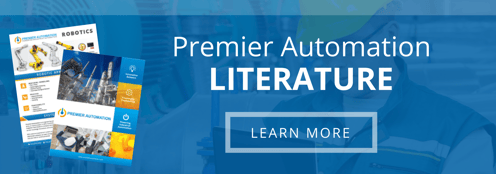.png?width=237&name=iiot%20(2).png) The excitement and thrill regardingInternet of Things (IoT), Smart-Factory and Industry 4.0 keeps on sky-rocketing, especially as more manufacturers start embracing these concepts. The Industrial Internet of Things (IIot) is based on forming connections between sensors and equipment, and manipulating the data collected as basis for intelligent decisions. This data alone is then responsible for insights, trends, predictions, etc. that can help organizations boost their productivity.
The excitement and thrill regardingInternet of Things (IoT), Smart-Factory and Industry 4.0 keeps on sky-rocketing, especially as more manufacturers start embracing these concepts. The Industrial Internet of Things (IIot) is based on forming connections between sensors and equipment, and manipulating the data collected as basis for intelligent decisions. This data alone is then responsible for insights, trends, predictions, etc. that can help organizations boost their productivity.
But how does a company reach this point?
A common myth associated with IIoT is that the backwardness of existing assets makes them incapable of connecting with cutting-edge platforms. Thus, IIoT cannot be implemented until a complete overhaul takes place. While this may seem endearing, the practical factors can put a company back quite a bit, financially.
Instead, organizations would be able to prosper in a much better way if they were to leverage their existing assets, and make use of methods such as sensor deployment strategies, protocol communication and media conversion to achieve the IIoT intelligence they want.
Physical Media Conversion
Ethernet and fiber optics are the latest communication interfaces & medium available, however there are traditional industrial environments that still use serial cabling for their equipment. While this type of cabling is well-suited for local process communication, it is not a wise choice when it comes to transmission over larger IP networks due to problems such as device polling, network latencies, etc. Physical media converters can solve the problems associated with the hardware side of communications.
Protocol Communication
Modbus or other proprietary protocols are often used within serial cables. Since IIoT highly relies on IP-friendly protocols, it is very important that protocol converters be used so that data can be interchanged easily. OPC UA forms the basis for inter-protocol communication and may be utilized for such purposes.
Sensor Deployment
When system intelligence is being hindered by lack of data, sensors may be deployed to collect operational information, and it can then be leveraged for analysis & trends. This process may incur a minor downtime but at the end of day brings the plant floor into a modernity.
These deployment strategies can be used to bring legacy hardware at par with modern concepts. In addition to this, such an approach would limit the amount of capital spent as well as limit the downtime, allowing companies to plan a bigger changeover with greater knowledge and experience.
Visit premierautomation.com to see how you can improve your current operations, or contact us to speak to an expert for more helpful tips!



.jpg?width=557&height=69&name=innovative%20(2).jpg)

